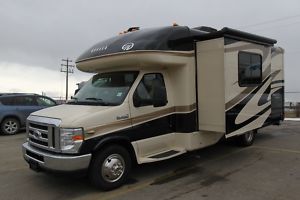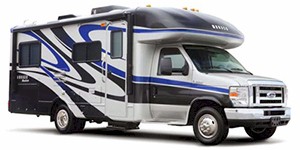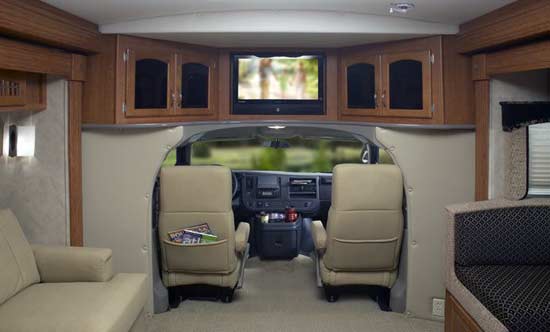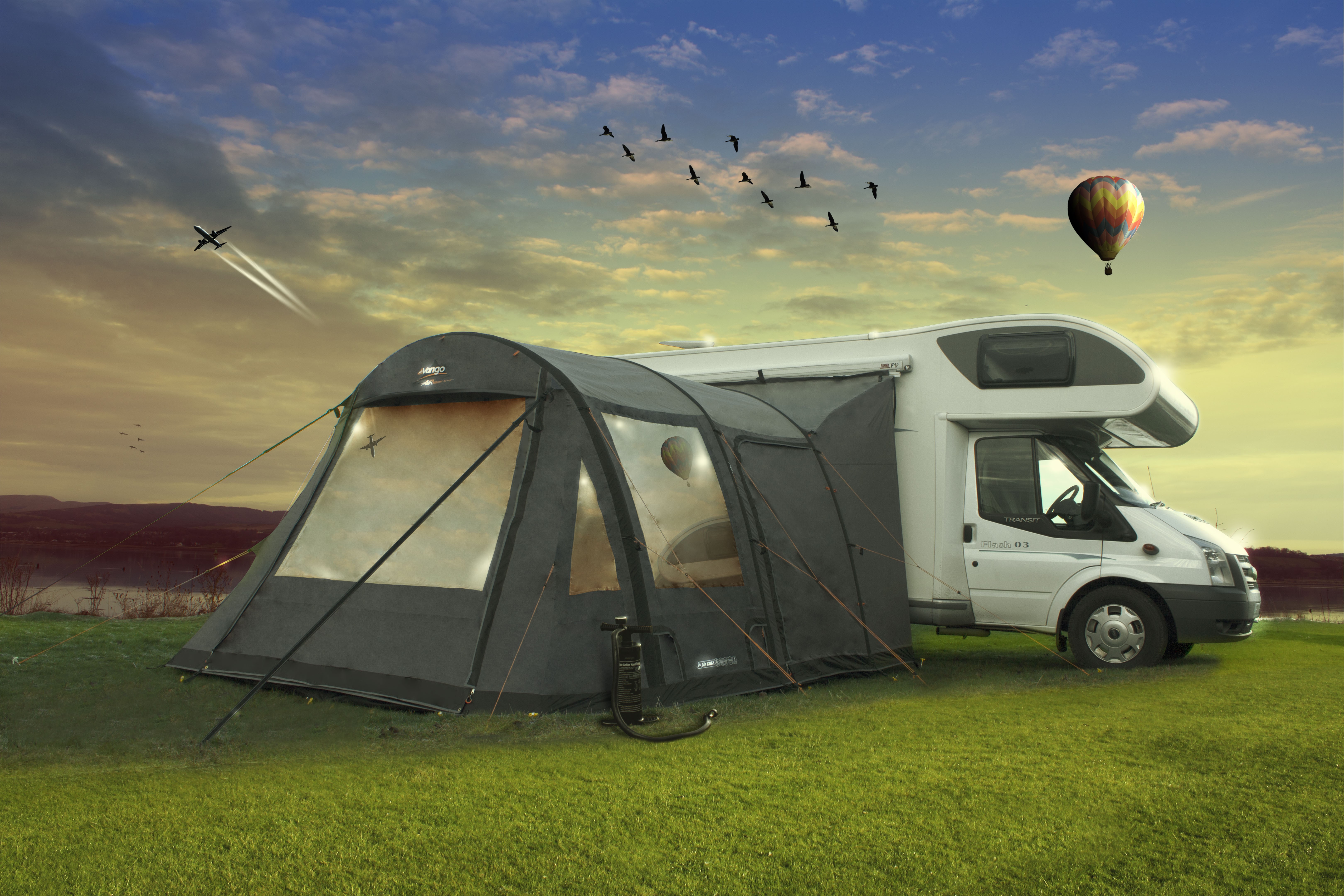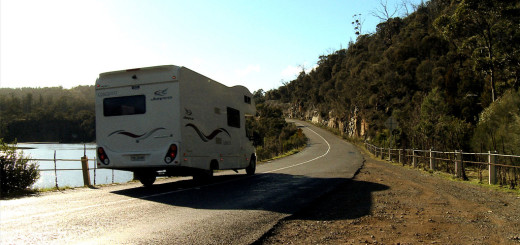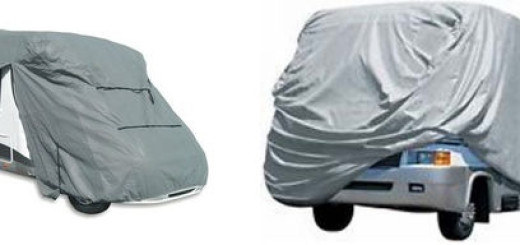What Are Class B Plus Motorhomes?
The term “class B motorhome” was coined in the 1970s to refer to the professionally-converted camper vans that were then just coming into vogue. This new class of motorhome appealed to a growing demographic of car campers who wanted the convenience and comfort that comes along with camping in a motorhome without the poor gas mileage and bulkiness of the class A and C rigs of the day. And even though this new class of motorhome may have been, in part, a reaction to the fuel crisis of the 1970s, it has only grown in popularity since then. In face, an all new breed of class B plus motorhomes has come into being in more recent years.
Putting the Plus in Class B+
The definitions of the three main motorhome classes are pretty cut and dry. Class C rigs are built on cutaway van and truck chassis, class A rigs are built on heavy duty truck, commercial, or custom chassis, and class B motorhomes are built on complete van chassis. Class B motorhomes are the smallest rigs out there, they get the best gas mileage out of any other class of motorhomes, and they’re both easier to drive and park. So what, exactly, puts the “plus” in class B plus motorhomes?
Essentially, class B plus motorhomes are too big to fit in with other class B rigs, but they don’t exactly fit the bill as class C motorhomes either. These rigs are not only longer than your typical camper van, they also tend to be wider and taller as well. However, they also tend to be significantly shorter (in height and length) than your typical class C motorhome, and they also aren’t quite as wide as class C rigs. That means class B plus motorhomes are, more or less, a step up from class B without completely leaving behind the maneuverability and ease of use associated with the class.
The Defining Factors of Class B Plus Motorhomes
There are two main differences between most class B plus motorhomes and the two other classes that they most resemble: the use of cutaway chassis and the lack of a cabover bunk. The first of these differences is the easiest way to differentiate a class B plus motorhome from a regular class B. While the different conversion processes used by each manufacturer result in rigs that can look quite different from one another, most class B motorhomes look like vans. In some cases, all of the modifications are done inside the completed van chassis, so the exterior of the motorhome is nearly indistinguishable from an unmodified van. Other manufacturers raise the roof, drop the floor, or subtly curve the sides of the body to provide additional interior space.
Since class B plus motorhomes are built on cutaway chassis, some of them resemble little class C motorhomes almost as much as they do big class B rigs. Instead of having the smooth body lines of a camper van, class B plus motorhomes often have the stepped, boxier appearance of a class C rig. However, the fact that class B plus motorhomes aren’t as wide as class C rigs means that the stepped, boxy appearance isn’t quite as pronounced.
The other main difference, the lack of a cabover bunk, differentiates class B plus motorhomes from class C rigs. Since class C motorhomes are so much taller than your typical camper van, designers are able to extend the roof of the coach over the roof of the cab. This overhang typically extends the full length of the vehicle, all the way over the front windshield and hood, although they are usually angled to provide an at least somewhat aerodynamic profile. The extra space this creates is then used for a sleeping berth, storage, or both.
Exceptions to the Rules
Although the use of cutaway chassis and the lack of overhead bunks are useful ways to differentiate class B plus motorhomes from other classes, there are always exceptions to the rules. And while there are no class B plus motorhomes that have a full two person bunk, or the type of overhanging cabover portion classically associated with class C motorhomes, there are some that have a smaller bunk. These rigs typically continue the diagonal line of the windshield up and back to create an aerodynamic profile, or have a very slight overhang that makes them look even more like tiny class C motorhomes.
Class B Plus Motorhome Manufacturers
Some of the RV manufacturers that build class B+ rigs include:
- Coachmen
- Fleetwood
- Forest River
- Gulfstream
- Holiday Rambler
- Itasca
- Jayco
- Leisure Travel
- Monaco
- Pleasure-Way
- R-Vision
- Thor
- Winnebago

